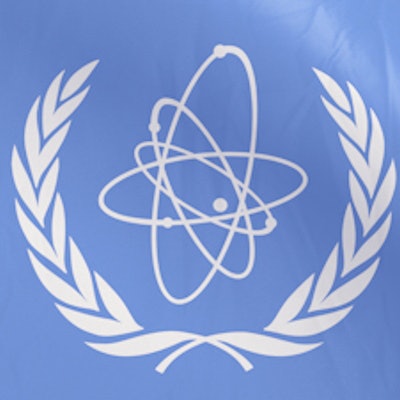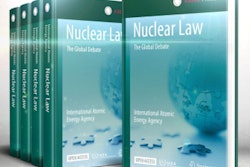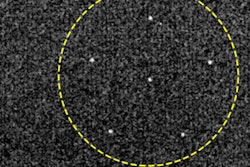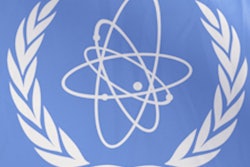
The International Atomic Energy Agency (IAEA) is focusing attention on how to minimize radiation-related risks for patients who need frequent medical imaging.
While the radiation dose from a single imaging procedure is low, that risk heightens when patients undergo imaging at more regular intervals or multiple scans within a short period of time, and establishing concrete measures is critical for justifying CT, x-ray, and other types of imaging, noted Peter Johnston, director of the IAEA Radiation, Transport and Waste Safety Division, in a press statement.
More than 90 experts from 11 countries reviewed global radiation protection efforts and discussed concrete steps to strengthen protection guidelines and monitor patient exposure history. Radiation protection experts, radiologists, nuclear medicine physicians, and radiographers were among the attendees of an IAEA virtual meeting held from 19 to 23 October.
One project highlighted at the meeting was the 2009 Smart Card project, a foundational methodology to track exposure history. Attendees also discussed the importance of developing low-dose machines and standardized dose monitoring software.
The radiation dose from an imaging exam typically ranges from 0.001 mSv to 20-25 mSv, and this is comparable to the natural background radiation exposure a person gets from a few days to a couple of years, according to Jenia Vassileva, an IAEA radiation protection specialist. "However, radiation risks may heighten when a patient undergoes a sequence of imaging procedures involving radiation exposure, especially if they are performed within short periods of time," Vassileva noted.



















